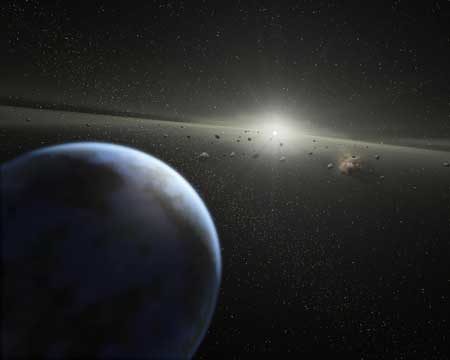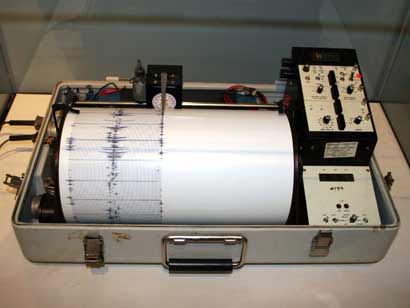
The National Aeronautics and Space Administration (NASA) has achieved great success in the exercise of protecting the Earth from the threat of potential devastating asteroids. The space agency’s DART mission has been successfully completed. Mission Control at the Johns Hopkins Applied Physics Laboratory announced the success. With this, the agency has succeeded in removing the asteroid from its place in space.
On Monday, the Double Asteroid Redirection Test (DART) collided with the asteroid Didymos’s Dimorphos to find out the safety technique for the probe. Actually, through this collision, which happened at a speed of 24 thousand kilometers per hour, it had to change its orbit i.e. the direction of rotation. The special thing is that before carrying out this mission, the spacecraft remained in space for about 10 months.
In this mission, many telescopes and cameras, including James Webb Space and Hubble, were tracking the spacecraft to see the impact of the collision. According to NASA, the impact of DART with Asteroid Diamorphos as part of the Planetary Defense Strategy demonstrates techniques to protect the planet from asteroids approaching Earth.
“At its core, DART represents an unprecedented success for planetary defense, but it is also a mission of unity with a real benefit for all humanity,” said NASA Administrator Bill Nelson. “As NASA studies the cosmos and our home planet, we’re also working to protect that home, and this international collaboration turned science fiction into science fact, demonstrating one way to protect Earth.”
DART targeted the asteroid moonlet Dimorphos, a small body just 530 feet (160 meters) in diameter. It orbits a larger, 2,560-foot (780-meter) asteroid called Didymos. Neither asteroid poses a threat to Earth.
The mission’s one-way trip confirmed NASA can successfully navigate a spacecraft to intentionally collide with an asteroid to deflect it, a technique known as kinetic impact.
The investigation team will now observe Dimorphos using ground-based telescopes to confirm that DART’s impact altered the asteroid’s orbit around Didymos. Researchers expect the impact to shorten Dimorphos’ orbit by about 1%, or roughly 10 minutes; precisely measuring how much the asteroid was deflected is one of the primary purposes of the full-scale test.
Roughly four years from now, the European Space Agency’s Hera project will conduct detailed surveys of both Dimorphos and Didymos, with a particular focus on the crater left by DART’s collision and a precise measurement of Dimorphos’ mass.









